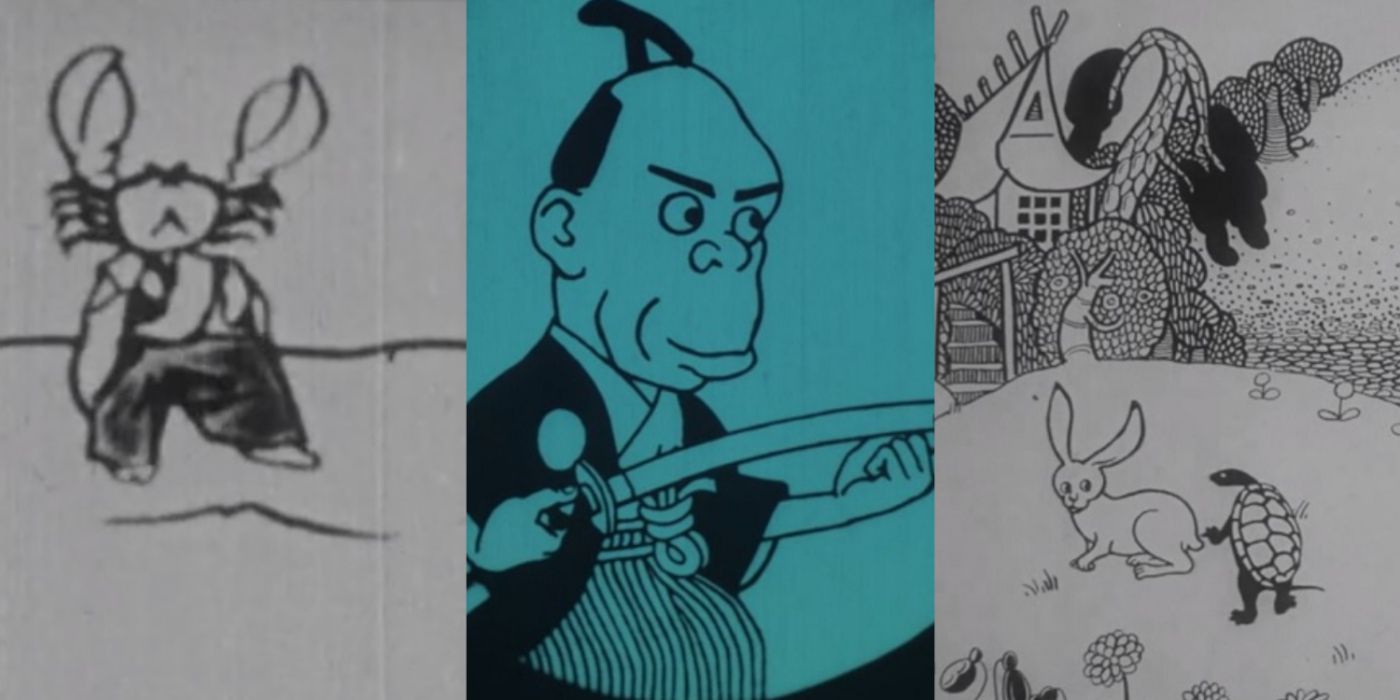Anime, a distinctive style of animation originating from Japan, has become a global cultural phenomenon, captivating audiences worldwide with its unique storytelling, vibrant visuals, and diverse genres. Its journey from humble beginnings to widespread popularity is a fascinating tale that intertwines with Japan's history, technological advancements, and global cultural exchange.
 |
| Source: CBR.com |
Origins of Anime: Early Beginnings
- Anime traces its roots back to the early 20th century, inspired by traditional Japanese art forms like ukiyo-e (woodblock prints) and manga (Japanese comics).
- The first known Japanese animation, "Namakura Gatana" (An Obtuse Sword), was produced in 1917 by Jun'ichi Kōuchi.
- Throughout the 20th century, Japanese animation evolved alongside Western influences, incorporating techniques from Disney and other international studios.
The Golden Age: Post-World War II
- The aftermath of World War II marked a turning point for Japanese animation, with the emergence of studios like Toei Animation and Mushi Production.
- Osamu Tezuka, often hailed as the "God of Manga," revolutionized the industry with works like "Astro Boy" (Tetsuwan Atom) in 1963, pioneering the modern anime style.
- The 1970s witnessed a surge in anime's popularity, fueled by iconic series such as "Mobile Suit Gundam" and "Space Battleship Yamato," which laid the groundwork for future mecha and space opera genres.
The Rise of Studio Ghibli and Hayao Miyazaki
- Studio Ghibli, founded in 1985 by Hayao Miyazaki and Isao Takahata, elevated anime to new heights with its critically acclaimed films, including "My Neighbor Totoro," "Princess Mononoke," and "Spirited Away."
- Miyazaki's masterful storytelling and meticulous animation techniques garnered international acclaim, earning him accolades such as the Academy Award for Best Animated Feature.
Anime Goes Global: Impact and Influence
- The 1990s marked a significant milestone for anime's global expansion, fueled by the proliferation of home video and the internet.
- Series like "Dragon Ball Z," "Pokémon," and "Sailor Moon" became household names worldwide, attracting a diverse fan base beyond Japan's borders.
- Anime conventions, fan clubs, and online communities fostered a sense of camaraderie among enthusiasts, contributing to its mainstream acceptance in Western cultures.
Technological Advancements: Digital Revolution
- The transition from cel animation to digital production techniques revolutionized the anime industry, allowing for greater efficiency, flexibility, and visual effects.
- Landmark films like "Ghost in the Shell" (1995) showcased the potential of computer-generated imagery (CGI) in anime, blurring the boundaries between traditional hand-drawn animation and digital artistry.
- Streaming platforms like Crunchyroll and Netflix have made anime more accessible than ever, offering a vast library of titles to a global audience.
Challenges and Controversies
- Despite its widespread popularity, anime has faced criticism for its portrayal of gender, violence, and sexual themes, sparking debates on cultural representation and censorship.
- The issue of "fan service," wherein gratuitous sexual content is incorporated for titillation, has divided audiences and raised questions about ethical boundaries in storytelling.
- Piracy and unauthorized distribution remain ongoing challenges for the anime industry, impacting revenue streams and intellectual property rights.
Future Trends and Innovations
- As technology continues to advance, anime is poised to explore new frontiers in virtual reality (VR), augmented reality (AR), and interactive storytelling.
- Collaborations between Japanese studios and international partners have led to cross-cultural exchanges and hybrid productions, enriching the global anime landscape.
- With the rise of streaming services and digital platforms, anime's influence is expected to grow exponentially, shaping the future of entertainment for generations to come.
Conclusion
The history of anime is a testament to Japan's rich cultural heritage, artistic innovation, and global outreach. From its humble origins to its current status as a multi-billion dollar industry, anime has transcended borders and captivated audiences worldwide with its compelling narratives, diverse characters, and breathtaking visuals. As we look to the future, anime remains a dynamic force in the world of entertainment, continuously evolving and inspiring generations of fans around the globe.
Q&A
**Q:** What are some must-watch anime for beginners?
**A:** Some popular entry-level anime include "Naruto," "Attack on Titan," "Death Note," "Fullmetal Alchemist: Brotherhood," and "My Hero Academia."
**Q:** How has anime influenced global pop culture?
**A:** Anime has left an indelible mark on various facets of pop culture, from fashion and music to film and literature. Its themes, characters, and visual style have inspired artists and creators worldwide, shaping contemporary trends and narratives.
**Q:** What are some notable anime films for cinephiles?
**A:** Aside from Studio Ghibli classics, cinephiles may enjoy films like "Akira," "Perfect Blue," "Paprika," "Grave of the Fireflies," and "Your Name," which showcase the artistic and storytelling prowess of Japanese animation.
In summary, anime's journey from its humble beginnings to global phenomenon reflects its enduring appeal and cultural significance. With its rich history, diverse genres, and technological advancements, anime continues to captivate audiences worldwide, transcending language barriers and inspiring creativity across generations. As we celebrate its legacy, we eagerly anticipate the next chapter in anime's evolution, poised to shape the future of entertainment for years to come.
Comments
Post a Comment